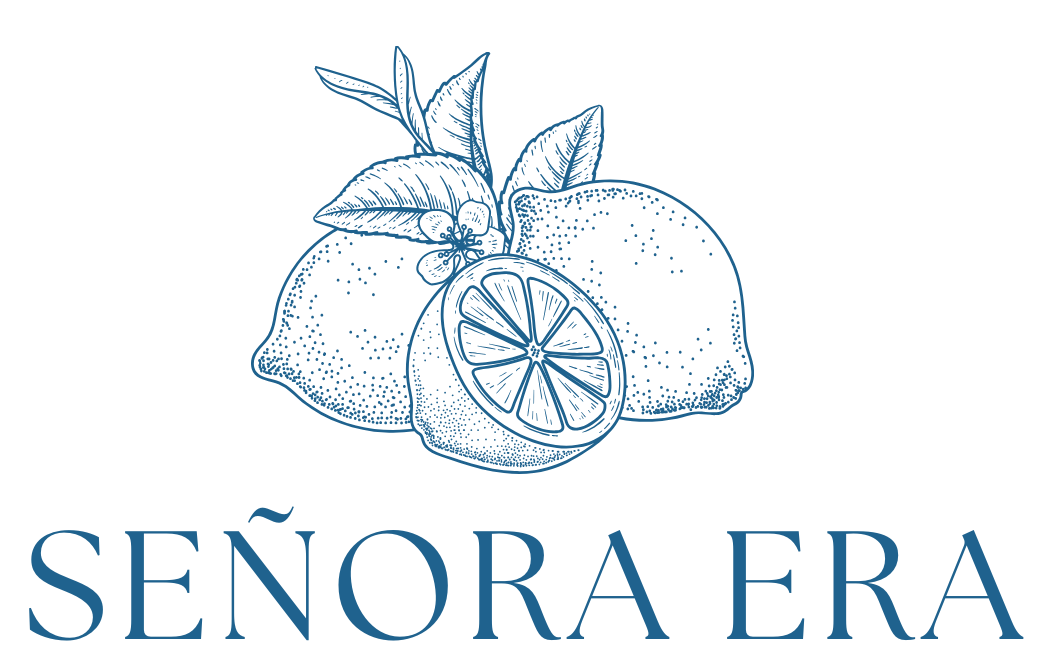There’s a meme where the punchline is that Latinas never age. Except that in real life, we do! At varying rates mostly due to genetics. What else is going on underneath the surface to affect the aging process? it really comes down to a few things: hormones, which affects collagen and elasticity, cytokines, and of course, sun damage.
Estrogen receptors have been detected on the cellular components of the skin and lower levels of estrogen influence the skin-cell metabolism. Changes in the skin collagen leads to diminished elasticity and skin strength. There is a distinct reduction of collagen production after menopause. Changes in vascularity are found following menopause. Dermal blood flow decreases significantly in postmenopausal women.
Repair functions in skin are regulated by a group of chemicals called ‘cytokines’. Included in these are epidermal cell growth factor (ECGF), transforming growth factor (TGF), and angiogenesis factor. AF stimulates the rebuilding of the microvascular system within the skin. TGF and EGF stimulate rapid cell proliferation for the replacement of dead or damaged cells.
Excessive exposure to UV rays causes oxidation of the collagen and elastin fibers in this skin. This, in turn, causes ‘crosslinking’. Cross-linking causes the collagen in the skin to become tangled and stiffen. This results in sagging and loss of skin elasticity, and allows facial expressions to put deep lines and wrinkles in the skin. Some of this UV damage can be prevented by the use of sunscreens and sunblocks. Some of this damage can be reversed by the use of ‘peels’ – where the outer layer of the skin is removed by the use of mild acidic formulas, which removes the damaged layers and stimulates the production of a stronger, thicker layer of skin.
Free radicals are molecules created by oxidative chemical reactions within the body. These free radicals damage cellular DNA and cause mutations of the skin cells. Free radical damage can be prevented by the use of antioxidants, both internally and topically. Antioxidants attract and bind these free radical molecules, rendering them harmless.
Premature skin aging can be avoided by preventing excess exposure to sunlight and pollutants, as well as providing skin with the nutrients it needs to repair itself. You can also help your skin by loading it with the building blocks it needs with these nutrients:
NUTRITION FOR AGING SKIN
ZINC: Zinc is required for collagen production and elastin synthesis, as well as DNA repair. Zinc is required for DNA duplication, which is required for cell division. Zinc is required for the production of certain proteins that remove damaged or mutated tissue as well as for superoxide dismutase, a powerful antioxidant. The foods that are highest in zinc include meat, shellfish and legumes.
COPPER: Copper helps to stimulate the production of collagen and elastin, helps to thicken the dermis, increases vascularity and oxygenation and works to stimulate superoxide dismutase. Foods to eat include oysters (pop the champagne!), nuts and seeds, and shiitake mushrooms.
SULFUR: Sulfur is a component of the protein Keratin found in nails, hair and skin. Sulfur is essential for the production of collagen and it is required for the production of the connective tissues. Foods high in this include couscous, chickpeas, lentils and oats.
Vitamin A: The vitamin necessary for healthy skin. A serious lack or excess intake can cause dry, rough skin, among other problems. Ascorbyl palmitate applied on the skin decreased the level of formation of free radicals. A half-cup of cantaloupe has 135 mcg of Vitamin A.
Vitamin C: Known for its antioxidant properties. Photoprotective properties of topically applied vitamin C have also been demonstrated, indicating its use in the prevention and treatment of skin aging. Topical applications of 5% vitamin C cream is an effective treatment, clinically shown to improve photodamaged skin. Oranges are always the obvious choice, but there’s also guavas, rose hip and parsley.
Vitamin D: Vitamin D has been shown to reverse skin damage, increase wound healing. Vitamin D is produced in the body in response to sunlight, and has been shown to have a beneficial effect on skin repair and hair growth. Vitamin D rarely requires supplementation, and 15 minutes of daily low-sun exposure should stimulate adequate production of this hormone-like vitamin. You can also find Vitamin D-enriched milk or orange juice.
Vitamin E: Vitamin E is a powerful antioxidant. Experiments show that it may protect against the degradation of collagen, and prevent skin damage by environmental insult and aging. Foods to eat to get a dose of this includes kiwi, avocado and mango.
CoQ10 (Ubiquinone): Internal and topical application of CoQ10 has a beneficial effect of preventing photoaging. CoQ10 penetrates into the viable layers of the epidermis and reduces the level of oxidation. Reduction in wrinkle depth following CoQ10 application has also been shown in clinical trials. CoQ10 prevents oxidative DNA damage and suppresses the degradation of collagen.
The running joke might be that we age like Bram Stoker’s Dracula, but we still have to take care of our skin by staying out of the sun and eating for our health.






